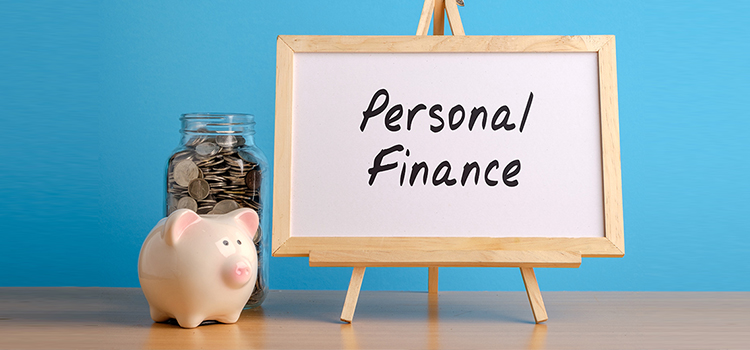Personal finance has nothing to do with a corporation or company’s financial management but has everything to do with an individual or household’s financial management.
Personal finance may refer to the whole area of personal finance in a person’s point of view or the sector that provides financial services to people. Personal finance can be divided into 5 main areas.
These main areas are:
- Income
- Expense
- Savings
- Investing
- Protection
Good personal finance management typically will cover these 5 main areas and can be very tedious as you may have other areas in your life that you are focused on. Typically, people who do not have the time to manage their personal finance themselves would opt for personal finance services.
By opting for personal financial services, not only will you be able to save time, but you are also able to focus on things that are important to you. With that being said, let’s take a deeper look into these 5 main areas of personal finance.
5 Main Areas of Personal Finance
1.Income
Income is the money that we receive in a given period of time, which can vary depending on the type of income source it’s coming from, for example, monthly, daily, quarterly, and yearly.
This received money would then be used to pay bills, kept as savings, support family members, invest, etc.
As mentioned before, there are different sources of income, and here are some examples:
- Wages or salary – Income that comes from employment or self-employment
- Interest – Income earned from deposit accounts such as savings accounts
- Dividends – Income earn from owning shares of a company
And there many other ways to earn income either way; for someone to exist in this world, someone in a household has to earn some form of income.
2.Expense
Expense, on the other hand, is the opposite of income. It is the cost of resources that we use in our daily life. It is also important to note that expense persists as there are resources out there that we need daily.
Examples of persisting expenses:
Besides, that expense can also be in a form that does not happen over and over again. For example,
- Paying for your friend’s dinner
- Charity donations
- Buying presents for loved ones.
- Buying luxury goods unless you’re wealthy enough
Either way, what’s most important is to ensure that you keep track of your expenses as, at the end of the day, you don’t want your expense to exceed your income. With an income that is lesser than your expense, you will not sustain your living, leading to borrowing.
Borrowing may seem like a good short-term solution; however, it will incur more expense in the form of interest over the long term. The best way to turn your budget deficit into a surplus is to either:
- Increase your income – This may only happen over the long term.
- Cut down on your expense – Which is something you can do over the short term.
3.Savings
Savings are basically disposable money that is set aside. These are the surplus money you get if you have a budget where your income exceeds your expense.
These savings can either be used on a later timeframe or used to invest, which we will discuss in the next section. There are many ways to save your money; some of them are:
- Keeping them as cash
- Putting them into banks
- Opening a savings account
- Putting them into a pension account
4.Invest
Instead of saving, the other option is to invest your surplus money. Typically, a savings account bears interest, but they are very low, and if you are looking to earn more than the interest that is given to you from your savings account, you can choose to invest your money instead.
There are money ways to invest your money, and some of the ways are through:
- Investing in a certificate of deposit (CD)
- Bond
- Mutual Fund
- Stocks
- Real estate
- Gold and other commodities
If you are a wealthy person, you can also choose to invest in someone’s start-up business as an angel investor. An important to when it comes to investing is that it is typically riskier in comparison to keeping your money in a savings account.
5.Protection
Protection money here does not refer to hiring a bodyguard. Rather the context of protection here refers to protecting your financial interest if an unexpected event may occur. For example, getting fired from your job due to the company’s failure to continue producing a high revenue or getting into a car accident.
So, what are some of the ways to protect yourself from unexpected events?
- House insurance – Protect you against anything that may happen to your house.
- Income insurance – Protect you in case anything happens to your job.
- Car insurance – Protect you in case of an accident.
Conclusion
Personal financial management is vital to ensure that you can protect your financial interest and avoid getting yourself into a bad financial situation.
Typically, there are 5 areas where you need to be aware of when it comes to personal finance, which can be very daunting and overwhelming as you probably have other areas in your life to worry about. Although it can be daunting, do not worry as there is plenty of personal finance services out there that can help manage your personal finance.
